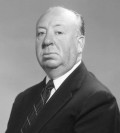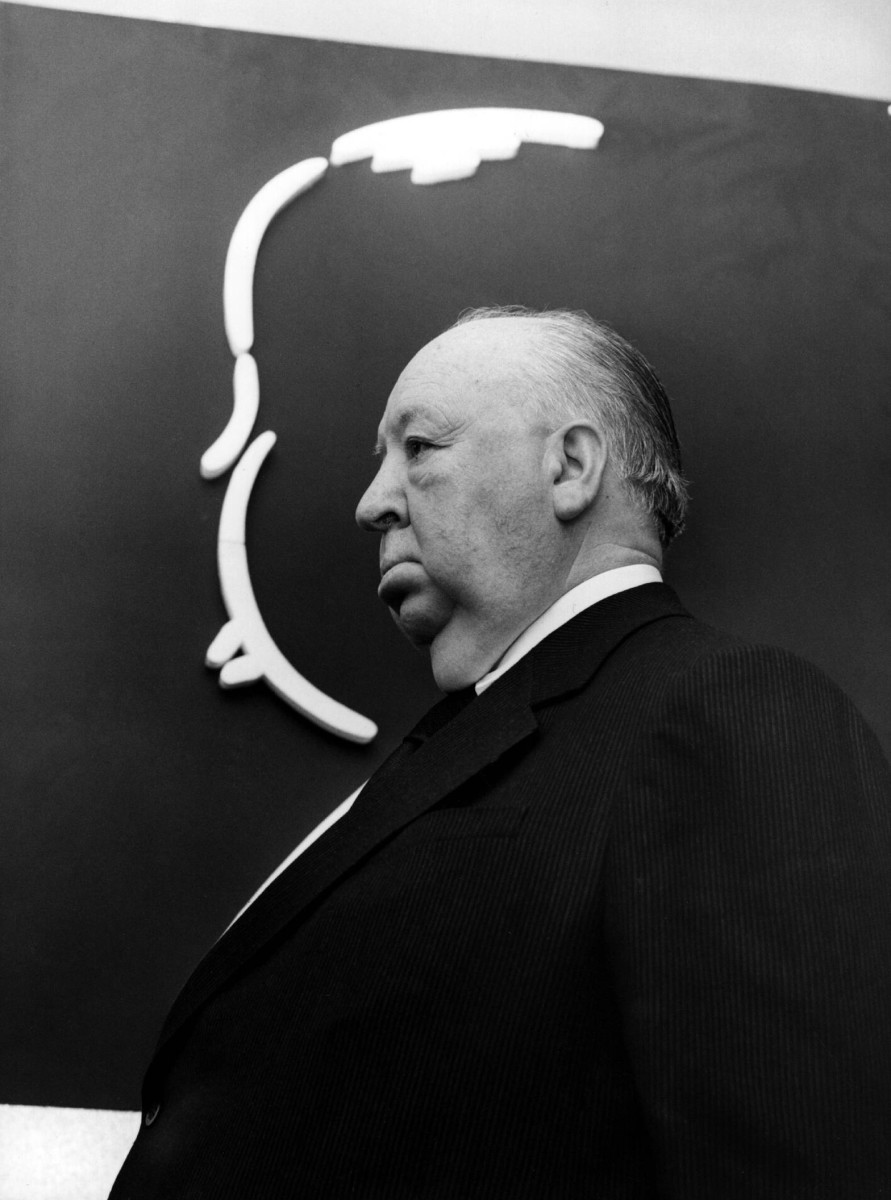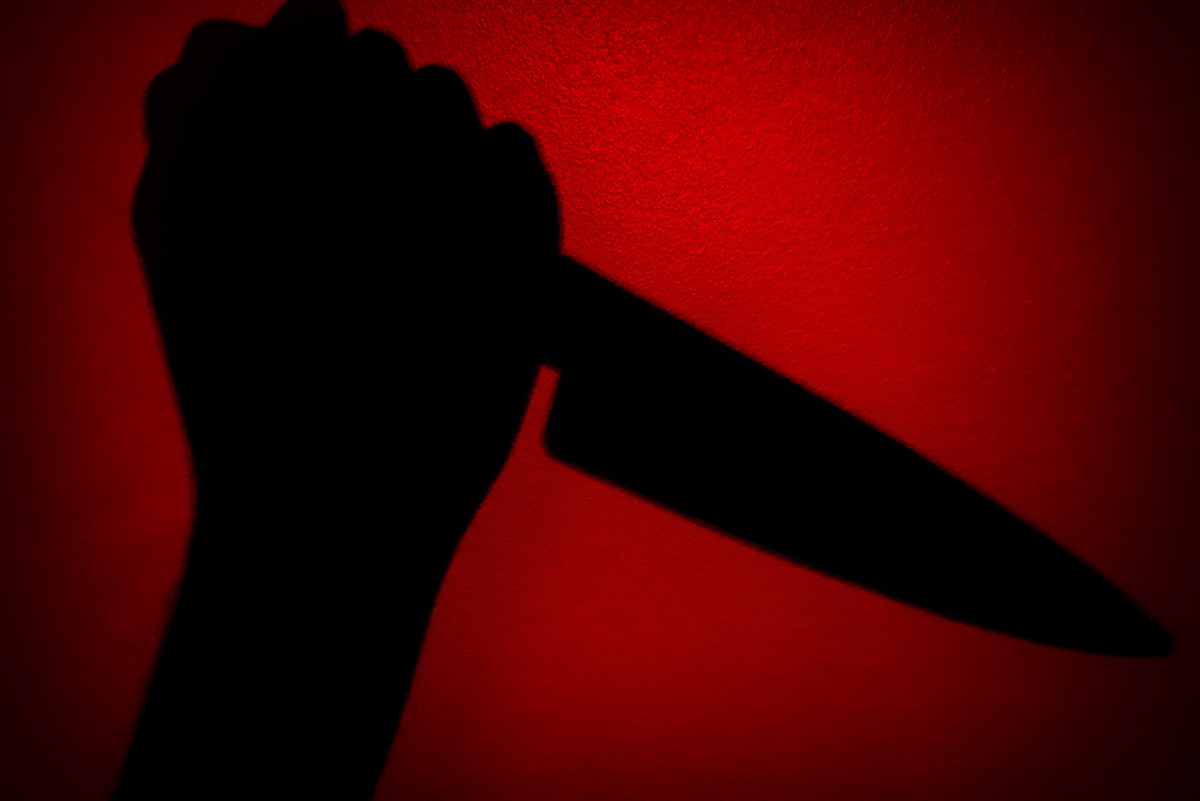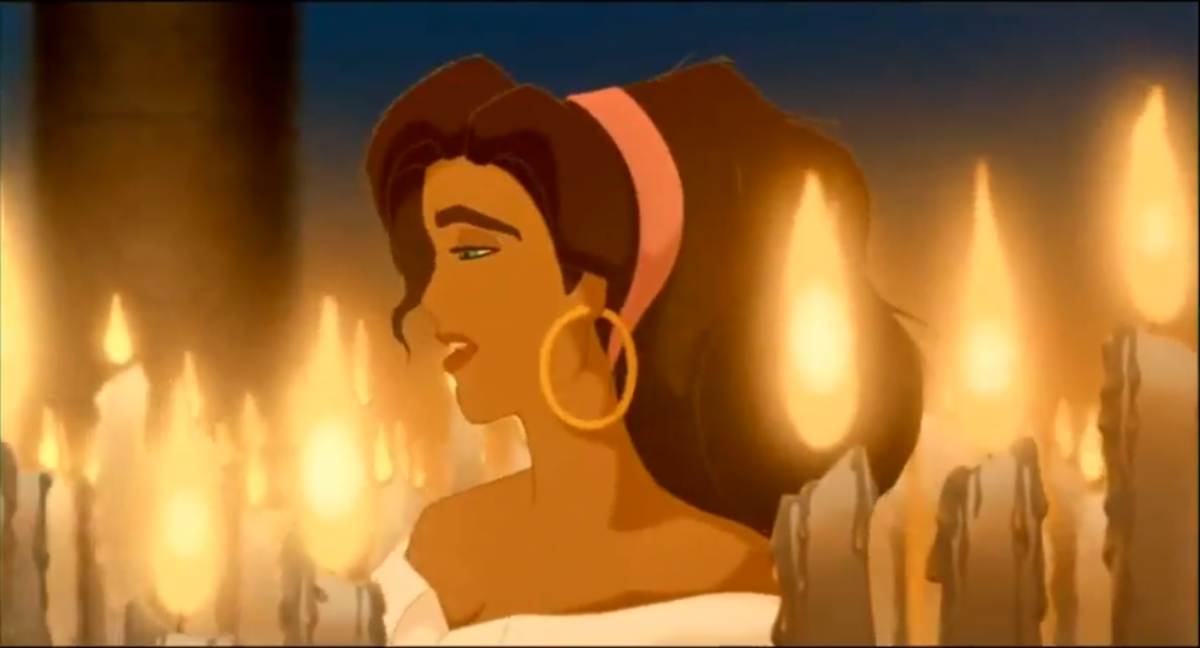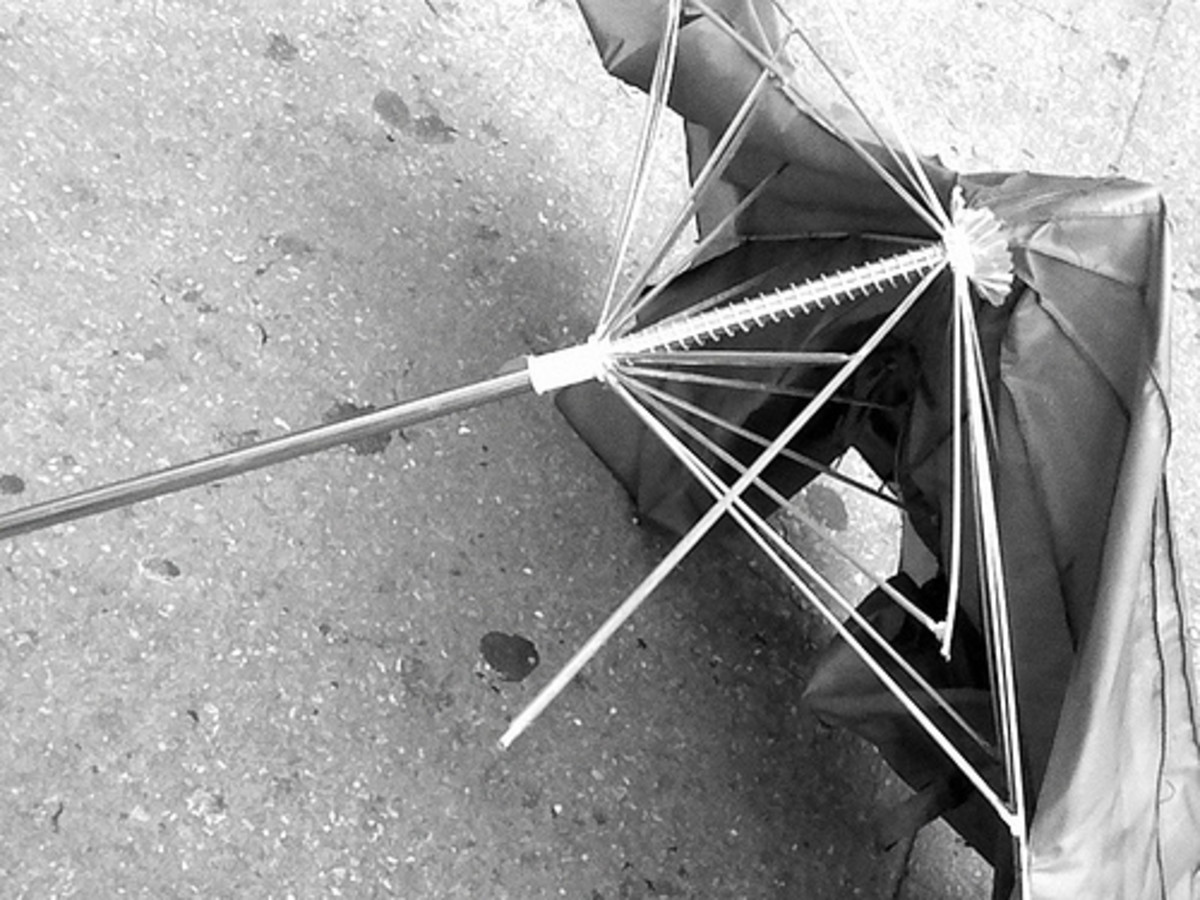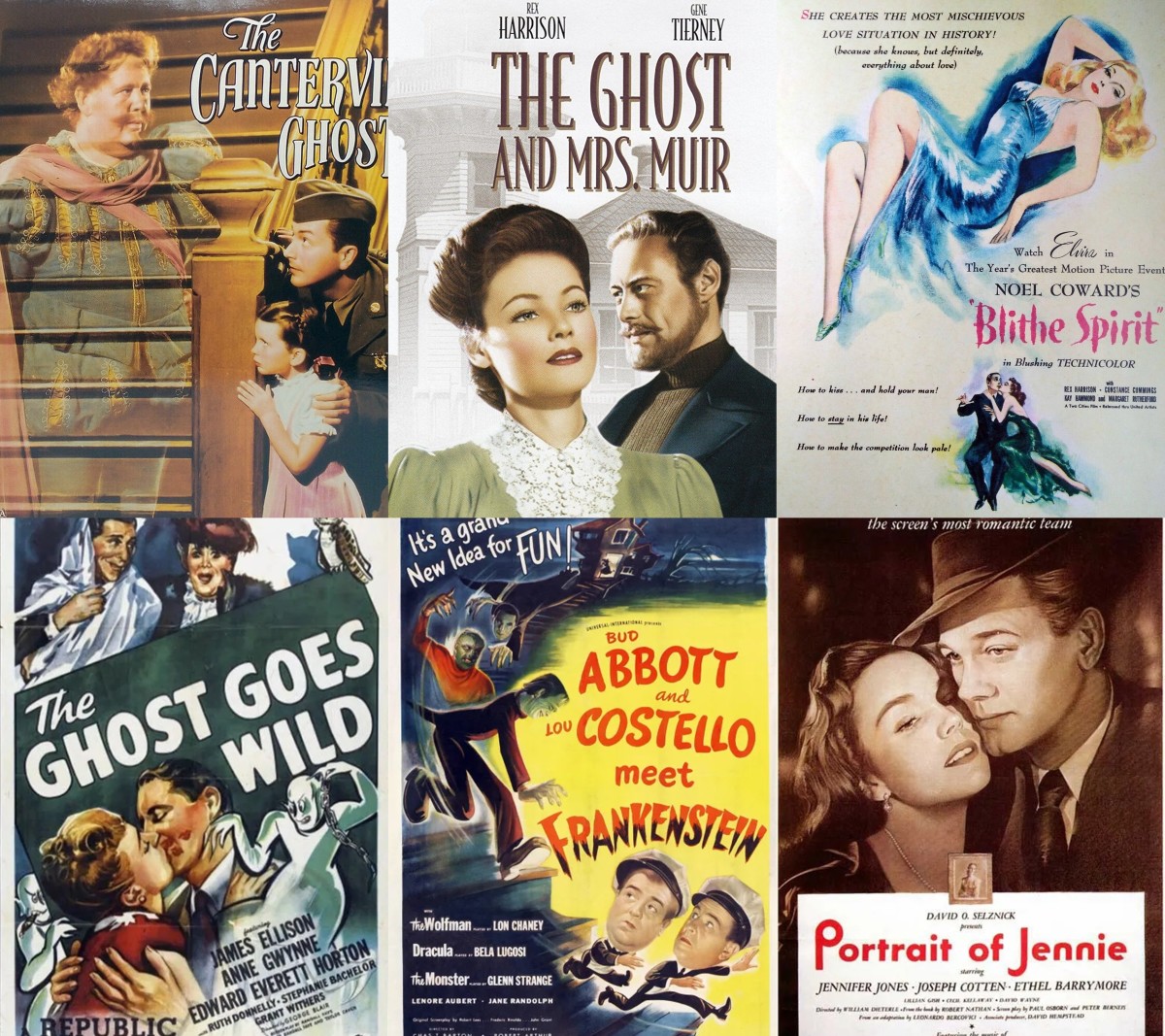Five Great Alfred Hitchcock Films Other Than "Psycho"
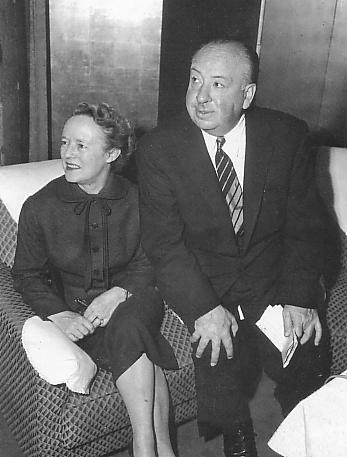
"Hitch held up his hands the way directors do when they're framing a shot. Palms out, fingers together, thumbs extended and touching to form a perfect square. Moving his hands toward my face, like a camera coming in for a close shot, he said, 'Evan, when he sticks it in her, I want that camera right on her face'."
-Evan hunter, on writing Marnie
I've never seen THAT one.
Alfred Hitchcock (1899-1980) is widely known for films like "Psycho," "Vertigo," and "The Birds." During his most popular era, from the late 1940s to the early 1960s, he made some admirable, less-popular films, too. It's often stated that even the worst Hitchcock film is better than most good films. While that may not be true, it is true that every Hitchcock movie has a scene, idea, or concept that's utterly brilliant. Following are five Hitchcock films that most casual viewers have not seen, and that may be worth a glance:
5. The Wrong Man (1956)
Though Hitchcock had been filming in Technicolor, he went back to black-and-white for this film noir starring Henry Fonda as an impoverished musician wrongfully accused of robbery and put on trial. Vera Miles is his suffering wife.
Released, and often lost between, "The Man who Knew Too Much" and "Vertigo," The plot is quite good and the acting superb. The high contrast and long shadows perfect the atmosphere.
4. Marnie (1964)
Hitchcock teaming with Sean Connery is enough to make Marnie worth viewing. Tippi Hedren is a thief, afraid of men, thunderstorms, and the color red. Sean Connery is a wealthy publisher who discovers her secret, blackmails her into marriage, and rapes her when she's frigid.
This film is notable for its list of "lasts." It's the last time the director features a "Hitchcock Blond," the last time he worked with his classic production team including composer Bernard Hermann, and, some may argue, is his last masterpiece.
Sean Connery talks Hitchcock and "Marnie."
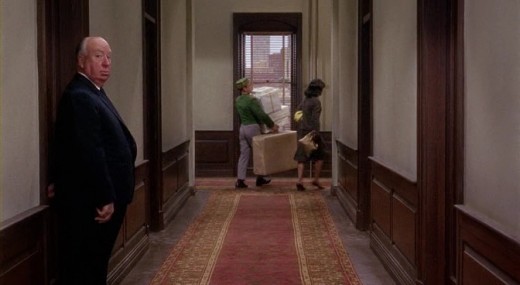
3. Torn Curtain
Paul Newman and Julie Andrews are a great starting point for any film, but can't save it from a mediocre script that was rushed, in part, to suit Julie Andrews's hectic schedule. Newman is a scientist who pretends to defect to the East in order to steal secrets and bring them back to the West.
The most memorable scene, however, occurs between Newman's Professor Armstrong and Gromek, an East German Body Man, in a fight to the death. Upon viewing numerous spy films in which killing a man was easy, Hitchcock wished to create a scene in which he showed that killing somebody was no easy business.
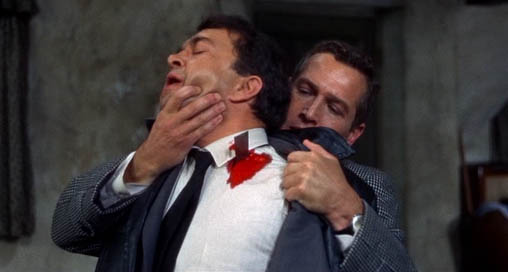
2. Topaz
Topaz, based on the novel by Leon Uris, is a story of a French agent who becomes involved in the politics and events leading up to the Cuban Missile Crisis, and busts up a Russian spy ring. It has no brand-name stars, and was an experiment in color. What it lacks in clarity, it more than makes up for in cinematography and visual storytelling.
I best remember it for Juanita's (Karin Dor) death scene, in which she is shot and the pooling of her dress stands in for her blood draining out of her.
Juanita de Cordonba (Karin Dor) dies in Topaz
1. Frenzy
Hitchcock's penultimate film was considered a return to form, as he moved away from the espionage of Torn Curtain and Topaz and back to the business of murder. It was his first British picture in 22 years, at the time, and most would argue is consistently better than either Torn Curtain or Topaz.
It's also gruesome. It has elements of nudity - heretofore never seen in Hitchcock fims - as well as a considerable amount of rape and murder. The killer (Barry Foster) frees evidence of his wrongdoing from the rigor mortis hand of his victim by breaking her fingers.
The most chilling scene, however, is entirely off-camera, when the murderer/rapist lures a young woman to his second-floor apartment, and the camera then backs away, back down the stairs and out onto the street as the viewer's brain fills in the details.

![Topaz [DVD]](https://m.media-amazon.com/images/I/51YQid5R0SL._SL160_.jpg)


